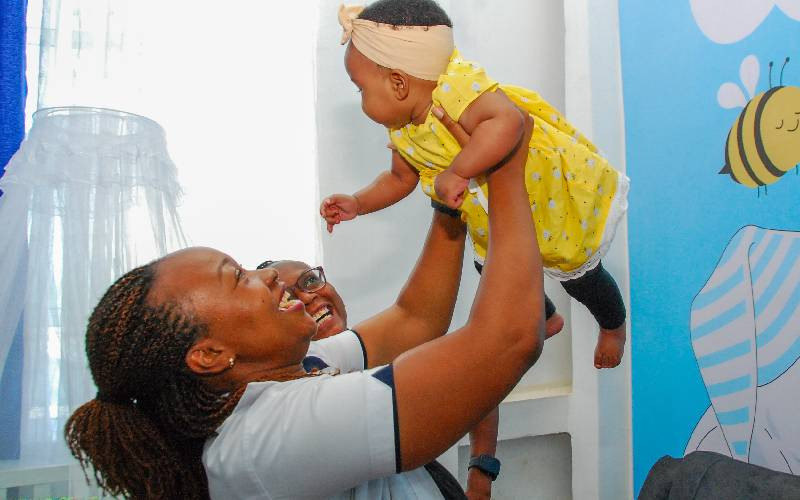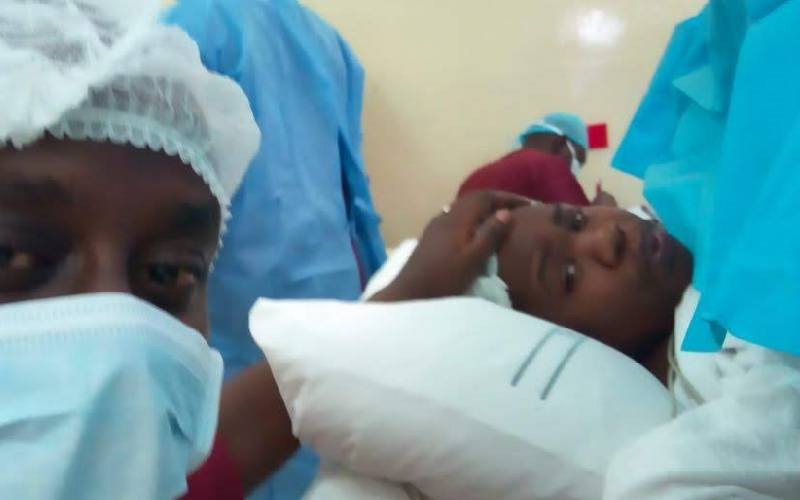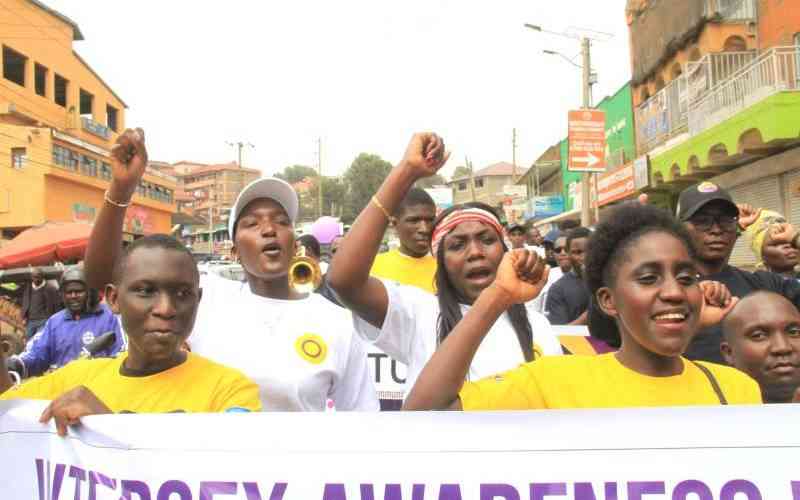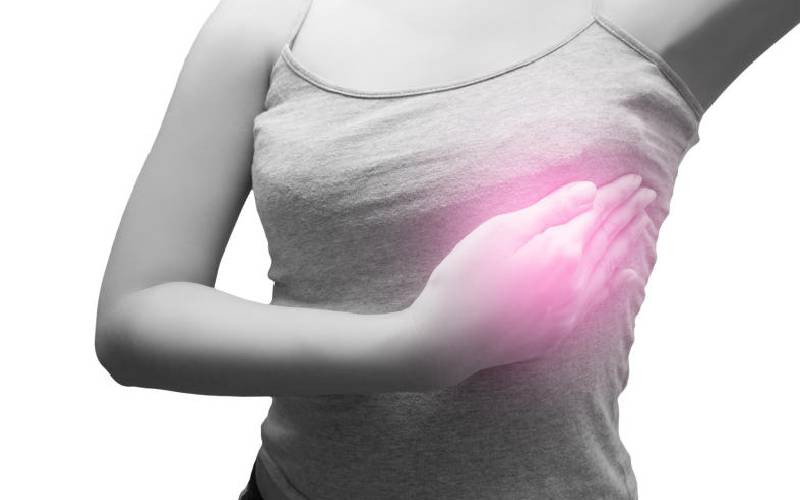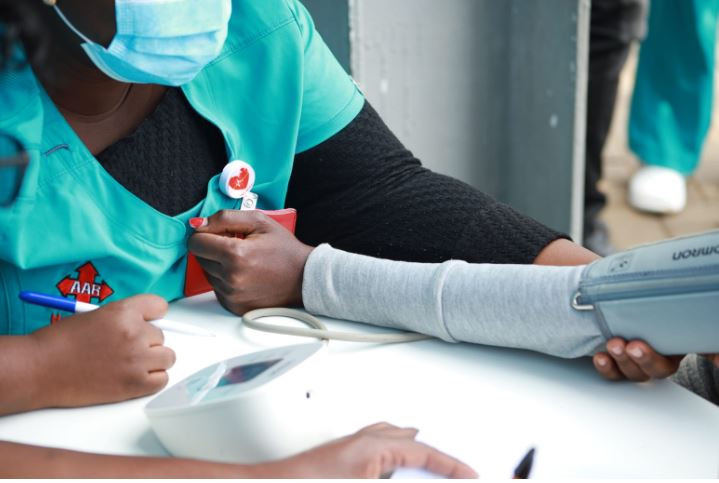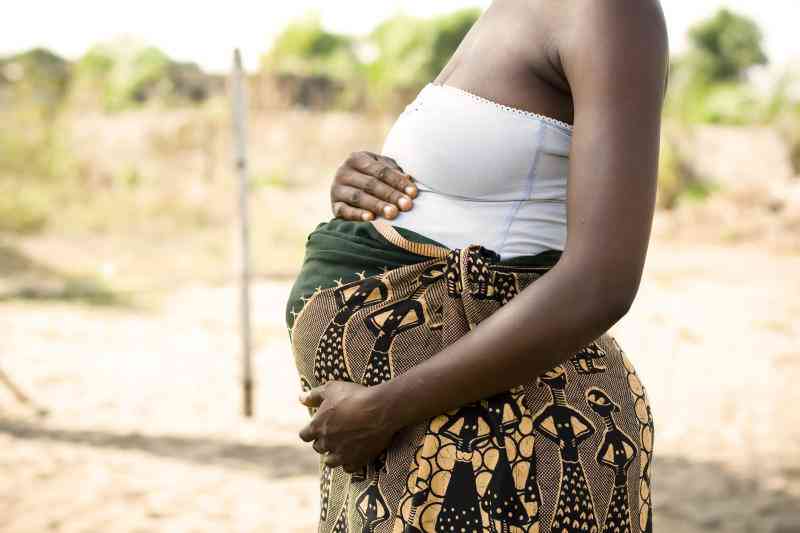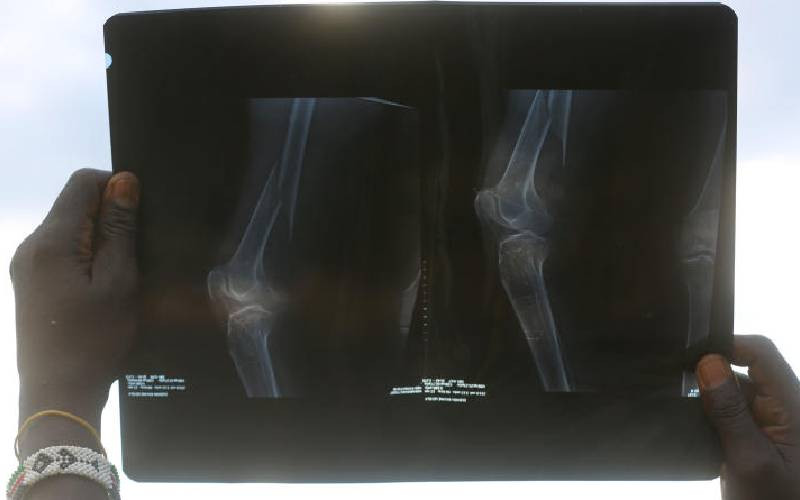
Women can today expect to live 40 per cent of their lives after menopause. During this time, decreasing hormonal levels bring greater risk of injury and illnesses such as heart disease, cancer and osteoporosis. Without timely intervention and ongoing management, up to 30 per cent of women over 50 years will suffer a debilitating or life-threatening bone fracture.
“Osteoporosis can easily be diagnosed by assessment of risk factors with screening,” said Dr Nicholas Ochieng’ of Kenyatta National Hospital.
Osteoporosis is a condition in which bones become abnormally thin, leading to skeletal fragility. There may also be inadequate calcium absorption into bone and excessive bone resorption. The disease reduces both the quality and density of bone, leading to weakness and increased risk of fracture, most commonly in the spine, wrist, hips and pelvis.
Osteoporosis is a global problem affecting more than 600 million people. It affects up to 50 per cent of postmenopausal women. As the world population grows and ages, it is becoming an increasingly significant cause of mortality and morbidity, according to Dr Ochieng’.
Despite the suffering it causes, osteoporosis was not precisely defined as a disease until 1994. Since then, the World Health Organisation (WHO) has identified it as a priority health issue alongside other major non-communicable diseases. Consequences of spinal fractures include chronic back pain, spinal deformity and loss of height. Risk factors include cigarette smoking, excessive alcohol intake, prolonged immobility, and menopause before the age of 50. Early indicators include fractures after minor falls and difficulty straightening the back. Studies show vertebral fractures are associated with significant loss of quality of life.
The main cause of bone loss in women is the accelerated decline in oestrogen after menopause, though bone loss may begin as early as age 25. The disease often progresses without symptoms until advanced stages, earning it the name “the silent epidemic”. “Bone loss may continue for years, sometimes at a rate of five per cent annually, particularly in the years immediately after menopause,” added Dr Ochieng’.
- Experts push for menopause policy and affordable care
- How menopause and andropause are reframing workplace policies and career paths
Keep Reading
Effective management requires adequate therapies. The current gold standard is treatment with bisphosphonates. Calcium supplementation alone is insufficient.
British expert Professor David W. Purdie of the University of Hull and American specialist Dr Theresa Galsworthy of the Hospital for Special Surgery, New York, said new pharmacological advances are transforming treatment. Speaking at the launch of Evista (Raloxifene HCL), they highlighted drugs that not only strengthen bone density in the spine and hips but also reduce fracture risk. Evista, they noted, is unique in additionally lowering breast cancer risk in postmenopausal women.
Another treatment, Bonviva, is available for both men and women.
 The Standard Group Plc is a multi-media organization with investments in media
platforms spanning newspaper print
operations, television, radio broadcasting, digital and online services. The
Standard Group is recognized as a
leading multi-media house in Kenya with a key influence in matters of national
and international interest.
The Standard Group Plc is a multi-media organization with investments in media
platforms spanning newspaper print
operations, television, radio broadcasting, digital and online services. The
Standard Group is recognized as a
leading multi-media house in Kenya with a key influence in matters of national
and international interest.

